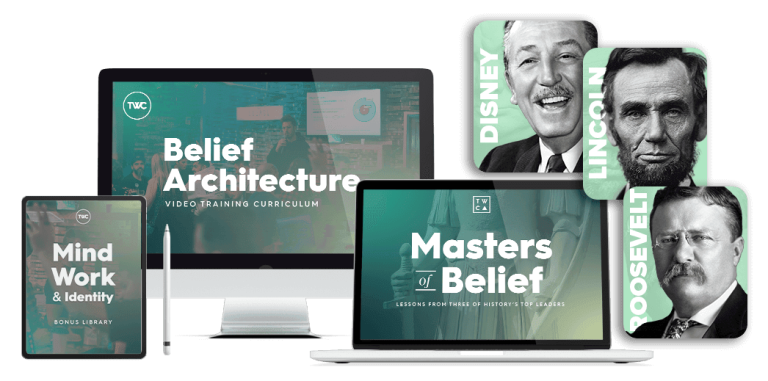Introduction to Taylor Welch and Belief Architecture
Taylor Welch is a well-known figure in the realms of personal development and entrepreneurship. As the co-founder of Traffic and Funnels, a company celebrated for its effective business training and innovative marketing strategies, he has established himself as a pioneer in mindset coaching. His unique focus on belief architecture allows individuals to identify and reshape their subconscious beliefs, breaking free from self-imposed limitations and cultivating a proactive, success-oriented mindset.
Understanding Belief Architecture
Belief Architecture serves as a framework that elucidates how our beliefs influence our actions. Welch’s methodology is designed to help individuals recognize and rewire limiting beliefs, paving the way for personal growth.
- Core Principles:
- Introspection: Encourages conscious examination of existing beliefs.
- Exploration: Identifies patterns that restrict potential.
- Transformation: Actively rewrites negative thought processes to foster a success-driven mindset.
These principles collectively aim to dismantle mental barriers that inhibit personal and professional growth.
How Belief Architecture Differs from Other Models
Unlike conventional self-help models that often rely on motivation or superficial positivity, Belief Architecture integrates a structured approach to introspection. It focuses on addressing beliefs at their subconscious root, ensuring that changes are sustainable and profound. This comprehensive method contrasts sharply with models that provide motivational boosts without tackling underlying thought structures.
Key Components of Belief Architecture
- Identifying Limiting Beliefs
- The journey begins with uncovering subconscious convictions that hinder growth.
- Techniques such as introspection and analysis of past experiences help individuals bring hidden beliefs to light.
- Creating Empowering Beliefs
- Once limiting beliefs are identified, the next step is constructing empowering narratives.
- This process involves reimagining mental frameworks and reinforcing new thought patterns to replace detrimental ones.
Impact of Belief Architecture
Taylor Welch’s Belief Architecture significantly influences both personal and professional domains by reshaping mental frameworks.
- Personal Growth:
- Empowers individuals to dismantle limiting beliefs and adopt a growth-oriented mindset.
- Enhances emotional resilience and self-awareness, leading to improved relationships and increased confidence.
- Professional Success:
- Aligns mental narratives with success-driven objectives, fostering productivity and innovation.
- Helps individuals overcome self-imposed barriers, facilitating career advancement and entrepreneurial success.
Real-Life Applications
The practical application of Belief Architecture can lead to transformative changes in both personal and professional spheres.
- Case Studies:
- A tech startup founder doubled his revenue in six months by reshaping limiting beliefs.
- A marketing executive achieved a 50% increase in team productivity through mental rewiring.
These examples highlight the tangible benefits of Welch’s methods and inspire others to adopt similar approaches.
- Practical Tips:
- Start by listing limiting beliefs that affect various aspects of life.
- Use techniques like journaling and visualization to replace negative patterns with empowering narratives.
- Regular reinforcement in daily routines is crucial for ensuring sustainable results.
Criticisms and Controversies
Despite his accomplishments, Taylor Welch faces criticisms regarding his Belief Architecture concept and coaching style. Some argue that his methods may oversimplify complex psychological issues, overlooking broader life contexts or mental health aspects. Additionally, concerns about the commercialization of personal development have emerged, with critics suggesting that Welch’s services may prioritize profitability over personalized client needs.
These criticisms emphasize the nuanced nature of self-help methodologies, highlighting the need for rigorous evaluation and adaptability to ensure that techniques remain robust and tailored to individual experiences.
Conclusion
In summary, Taylor Welch’s Belief Architecture offers a compelling framework for personal and professional transformation. By strategically addressing subconscious beliefs, his method empowers individuals to dismantle limiting patterns and cultivate a success-oriented mindset. While criticisms exist, the potential for growth through structured introspection and belief reshaping is undeniable. For those seeking to unlock their full potential, Belief Architecture provides a pathway to redefine mental narratives and achieve lasting success.
Download Proof (20.62 GB)



